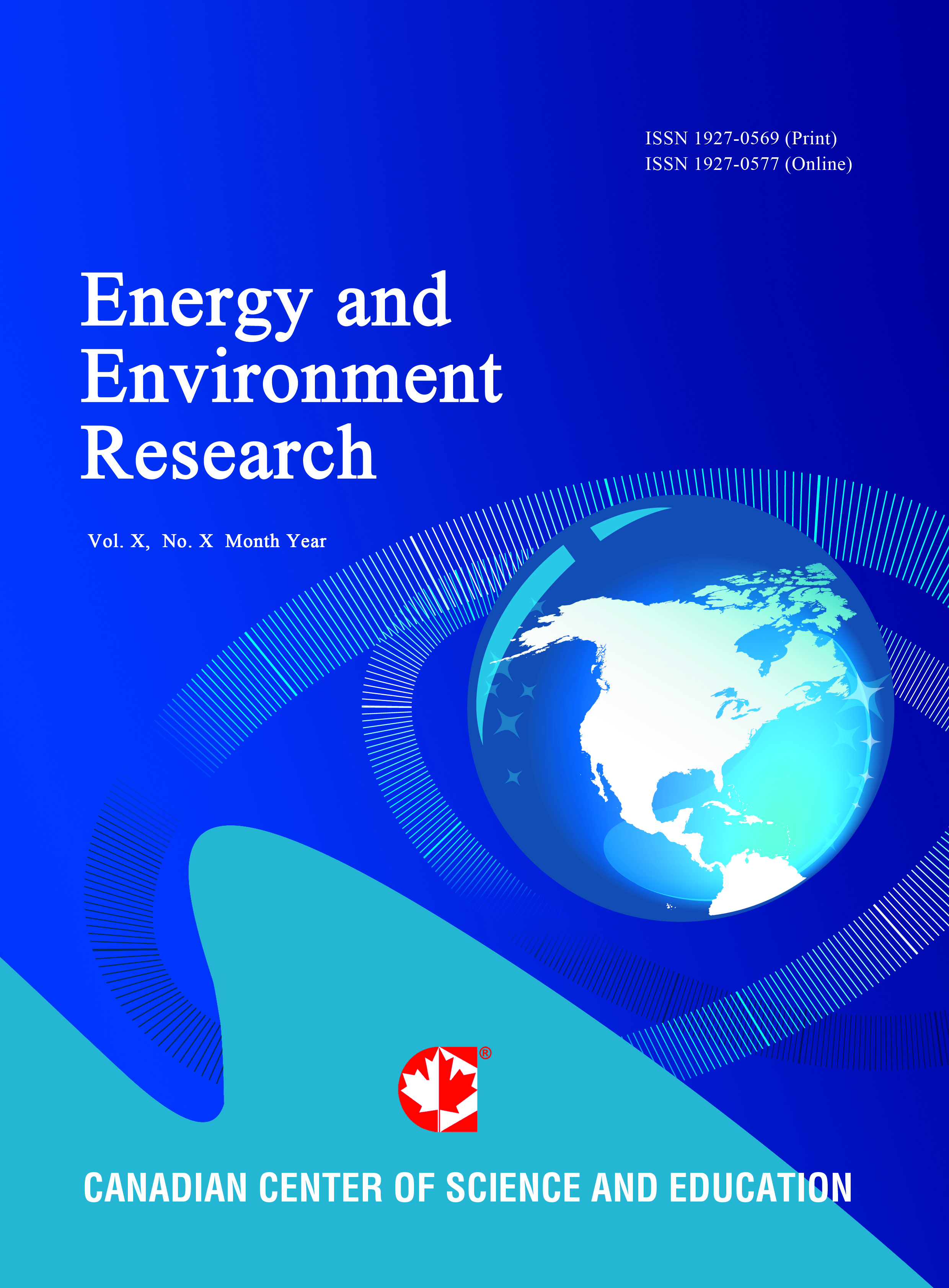Influence of Porosity on Performance of Freeze-granulated Fe2O3/Al2O3 Oxygen Carriers Used for Chemical Looping Combustion
- Yi Zhang
- Aurora M. Rubel
- Sameh Mehrez
- James K. Neathery
- Kunlei Liu
Abstract
Chemical looping combustion (CLC) is a promising solution for the next coal-fired power generation technology with inherent CO2 separation capability. One of the critical aspects for the development of the CLC process is to develop suitable oxygen carrier (OC) particles to transfer oxygen to the fuel in the absence of air. Relevant studies have focused on active material screening, thermodynamic analysis and operational tests. This investigation was conducted on the microstructural property of OCs, to be specific, the particle porosity effect on the performance of iron-based OCs. Fe2O3, supported on Al2O3 was used as the oxygen carrier. The effect of water content of the spray slurry used to produce the OC was varied to determine the influence of OC porosity on reactivity, oxygen transfer capacity and mechanical durability. A preliminary test was done to establish the minimum and maximum water percentage needed to make slurry. A process that included freeze granulation (FG), freeze drying, and calcination was used to prepare four samples of iron oxide/alumina with various water-to-solid phase ratios. A scanning electron microscope (SEM) was used to characterize the porosity of FG Fe2O3/Al2O3 particles. A direct relationship was observed. A Shimpo FGE-10X force gauge was used to measure the crushing strength of selected samples. A thermogravimetric analyzer (TGA) coupled with a mass spectrometer (MS) was used to study the change in reaction rates through multiple reduction-oxidation cycles of the samples. Crystallinity of the OCs in reduced and oxidized forms were confirmed by XRD analysis.- Full Text:
 PDF
PDF
- DOI:10.5539/eer.v2n1p217
Journal Metrics
(The data was calculated based on Google Scholar Citations)
h-index (July 2022): 19
i10-index (July 2022): 53
h5-index (July 2022): N/A
h5-median(July 2022): N/A
Index
- BASE (Bielefeld Academic Search Engine)
- CiteFactor
- CNKI Scholar
- Elektronische Zeitschriftenbibliothek (EZB)
- Excellence in Research for Australia (ERA)
- Genamics JournalSeek
- Google Scholar
- NewJour
- Norwegian Centre for Research Data (NSD)
- PKP Open Archives Harvester
- Publons
- ROAD
- SHERPA/RoMEO
- Standard Periodical Directory
- Ulrich's
- Universe Digital Library
- WorldCat
Contact
- Lesley LuoEditorial Assistant
- eer@ccsenet.org
